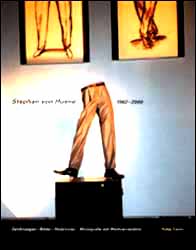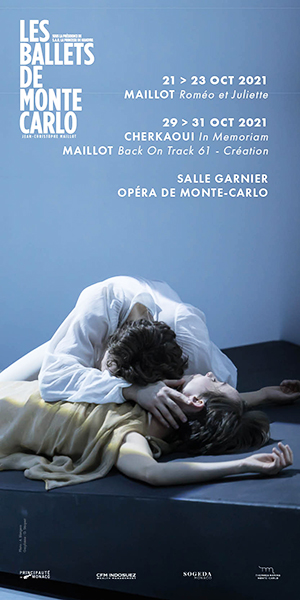— Auteurs : Christoph Brockhaus, Martin Warnke, W. Kemp, J. La Barbara, H. Bredekamp, Petra Kipphoff, F. Michel, Petra Oelschläger
— Éditeur(s) : Hatje Cantz Verlag, Ostfildern
— Année : 2002
— Format : 22 x 28 cm
— Illustrations : nombreuses, en couleur et en noir et blanc
— Page(s) : 272
— Langue(s) : anglais, allemand
— ISBN : 3-7757-1211-9
— Prix : 58 €
Présentation
Essays and catalogue raisonné in this monograph serve to present Stephan von Huene´s oeuvre in its multimediality and infinite diversity of sources and manifestations. Two early cycles of drawings, which have only recently been found in the U.S. and in Germany, are published here for the first time, as well as material collage paintings and surrealistic-looking wood and leather sculptures which may be understood as preludes to the first sound sculptures Stephan von Huene conceived and built later. Studies of acoustics, organ-building and mechanical pianos preceded these works. They may be minimalistically severe such as the large, transparent Drum, or of a at the same time touching and frightening realism like the four-part group of half figures entitled Tischtänzer (Table Dancers), or the Halbleiter von Chemnitz (The Semi-conductor of Chemnitz), a work commissioned by the Technical University of Chemnitz. Von Huene saw his computer-controlled sculptures, which produce their own world of sounds, noises and movements, as a step from the fictional to the concrete.
L’artiste
Stephan von Huene est n√© √Ý Los Angeles en 1932 et est mort √Ý Hamburg en 2000 o√π il vivait depuis 1980. Apr√®s des √©tudes d‚Äôart et d‚Äôhistoire de l‚Äôart √Ý l‚Äôuniversit√© de Californie (Los Angeles), il enseigne dans les universit√©s am√©ricaines et europ√©ennes. Il a expos√© aux √âtats-Unis, en Europe et au Japon, et a particip√© √Ý beaucoup d‚Äôexpositions de groupes dans le monde dont la Biennale de Venise en 1976 et 1995 et Documenta 8 en 1987.



 parisART sur Instagram
parisART sur Instagram